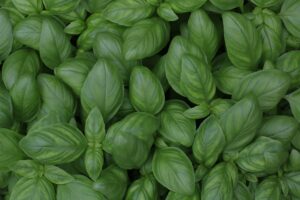- Learn About Beekeeping:
- Learn as much as you can about beekeeping before beginning. To learn the fundamentals, read books, attend classes, and join regional beekeeping organizations.
- Legal and Regulatory Requirements:
- Verify local beekeeping laws and ordinances, including zoning rules, hive placement guidelines, and registration requirements.
- Select a Suitable Location:
- Pick a spot for your apiary where there are lots of different flowering plants and good forage for bees. A water source should be nearby, and it should be far from areas where pesticides are frequently used.
- Acquire Beekeeping Equipment:
- Purchase the necessary beekeeping equipment, including:
- Beehives (Langstroth hives are typically the most prevalent).
- To keep hives off the ground, use pallets or hive stands.
- Bees are calmed by smoking.
- Tools for manipulating beehives.
- protective clothing, including a beekeeper’s outfit, veil, gloves, and boots.
- Bee feeders, brushes, and other accoutrements.
- Purchase the necessary beekeeping equipment, including:
- Obtain Bees:
- You can acquire bees through several methods:
- Get a queen bee bee package of bees.
- Purchase a nucleus colony (nuc) that includes a compact, functional hive.
- Taking down a swarm is not a good idea for beginners.
- A fully established hive should be purchased from another beekeeper.
- You can acquire bees through several methods:
- Set Up the Hives:
- Your beehives should be assembled and placed in the designated area.
- Bee hives should be stable and level.
- Each hive box should contain frames with foundation wax.
- Install Bees:
- If you have bought a package or a nucleus colony, install it in your hives according to the directions provided.
- Monitor and Manage Hives:
- To ensure the bees’ well-being, regularly inspect your hives.
- Observe for diseases and pests.
- If required, give supplemental feeding.
- Control the hive to minimize honey production and swarming.
- Harvest Honey and Other Bee Products:
- Use the right methods and tools to harvest the honey once the hive is robust and it is ready.
- Honey and other bee products like beeswax and propolis are extracted and processed.
- Learn and Improve:
- Beekeeping is a lifelong learning endeavor. To advance your knowledge, go to workshops, read, and speak with seasoned beekeepers.
- Safety and Health:
- When working with bees, always take safety precautions to prevent stings and allergic reactions.
- If anyone working with you has a bee sting allergy, you might want to keep an EpiPen or other emergency supplies on hand.
- Record Keeping:
- Keep track of the treatments, inspections, and honey production for your hives. You can use this information to keep tabs on the wellbeing and output of your hives.
Keep in mind that maintaining bees requires commitment and regular maintenance. Because bees are delicate creatures, proper beekeeping techniques are crucial for both their welfare and the success of an apiary. To receive direction and support as you begin your beekeeping journey, you should also think about signing up for a local beekeeping association or looking for a mentor.
The photo is from unsplash.com



